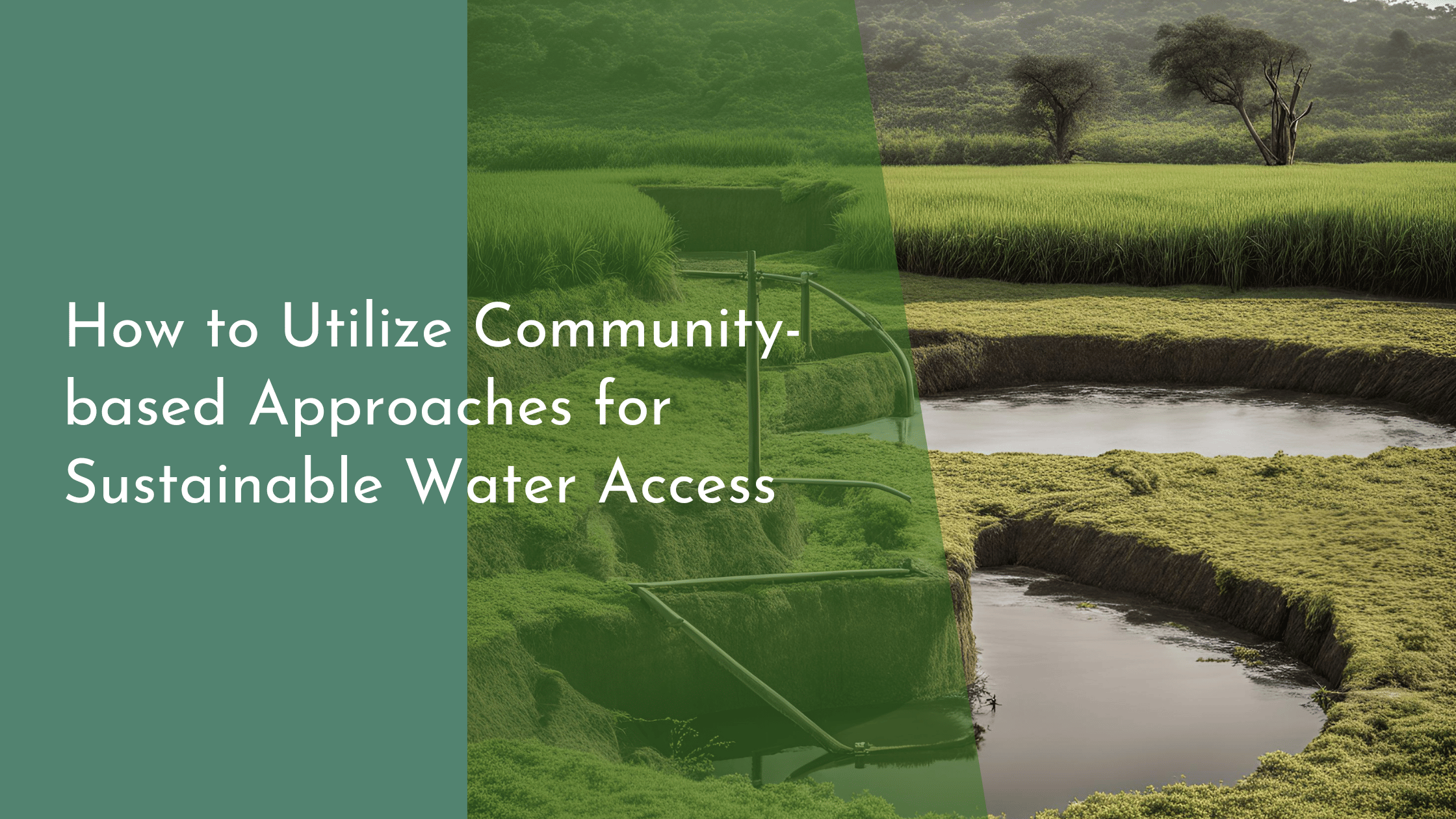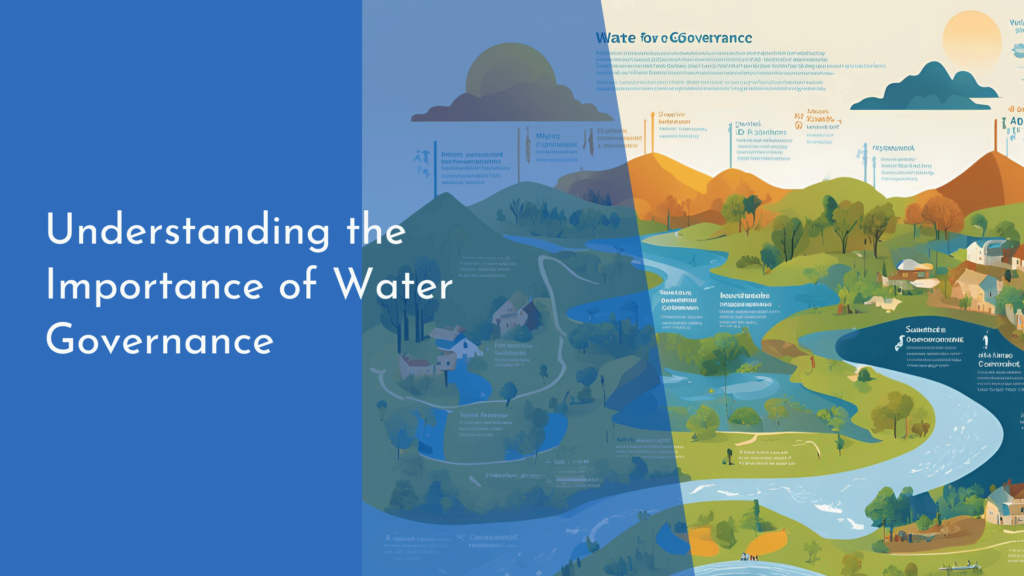How to Utilize Community-based Approaches for Sustainable Water Access
Access to clean and reliable water sources remains a significant challenge for many communities worldwide. Embracing community-based approaches for sustainable water access not only empowers local populations but also fosters tailored solutions that are more likely to endure over time. By leveraging local knowledge, resources, and commitment, these initiatives can transform water access from a persistent problem into a cornerstone of community resilience and development. In this article, we explore the importance of community-based water initiatives, key strategies for engaging stakeholders, ways to implement sustainable solutions, and methods for measuring their impacts.
Understanding Community-Based Water Initiatives
Community-based water initiatives are grassroots efforts that involve local communities in the planning, implementation, and management of water resources. These initiatives encourage active participation from community members, ensuring that water solutions are directly aligned with the specific needs and cultural contexts of the area. By involving the community, these initiatives can harness local knowledge and traditions, which can be invaluable in designing effective and sustainable water access strategies. One of the primary benefits of this approach is the increased sense of ownership and responsibility among community members, leading to better maintenance and longevity of the water systems.
Another critical aspect of understanding community-based water initiatives is recognizing the diversity within communities themselves. Each community has its unique socio-economic dynamics, geographical challenges, and cultural practices. Effective initiatives consider these factors and adapt their approach accordingly. For instance, in areas where gender roles are prominent, initiatives may need to include specific strategies to ensure women’s participation, as they are often key users and managers of household water. By acknowledging and integrating these diverse perspectives, community-based water initiatives can create more inclusive and effective water management systems.
Key Strategies for Engaging Local Stakeholders
Engaging local stakeholders is crucial for the success of community-based water initiatives. The first step is to identify and involve a wide range of stakeholders, including community leaders, local government representatives, non-governmental organizations (NGOs), and residents. This diverse group brings varied perspectives, resources, and expertise, which can enhance the planning and implementation of water projects. Holding community meetings and workshops can foster dialogue, build trust, and ensure that all voices are heard and considered in the decision-making process.
Another key strategy is to ensure transparent communication throughout the project lifecycle. Regular updates and feedback sessions can help maintain momentum and address any issues or concerns that arise. Creating committees or task forces with stakeholders helps distribute responsibilities and fosters a sense of ownership and accountability. Additionally, providing training and capacity-building opportunities empowers community members, equipping them with the skills needed to manage and maintain water resources effectively. These strategies not only enhance stakeholder engagement but also ensure that the implemented solutions are sustainable and adaptable to future challenges.
Implementing Sustainable Water Solutions
Once stakeholder engagement is achieved, implementing sustainable water solutions is the next crucial step. The use of appropriate technology tailored to the local context is essential. For example, rainwater harvesting systems can be effective in areas with seasonal rainfall, while solar-powered water pumps may provide a sustainable energy source in sunny regions. It’s important to select technologies that are not only environmentally friendly but also easy to maintain and repair using local resources and expertise. This approach minimizes dependency on external assistance and ensures long-term sustainability.
In addition to technology, establishing a robust management framework is key to successful implementation. This involves setting up local water committees responsible for overseeing the operation, maintenance, and financial aspects of the water system. These committees should ensure equitable access, setting fair usage policies and tariffs if necessary. By involving community members in these roles, initiatives can boost local capacity, enhance accountability, and promote the sustainable use of water resources. Education and awareness campaigns are also vital to inform the community about water conservation practices, ensuring that water solutions are utilized optimally and responsibly.
Measuring the Impact and Ensuring Longevity
To ensure the success and longevity of community-based water initiatives, it’s essential to measure their impact effectively. This involves setting clear, achievable goals and using key performance indicators to track progress. Regular monitoring and evaluation can help assess the functionality and efficiency of the water systems, identify any issues, and facilitate timely interventions. Engaging the community in these evaluations fosters transparency and accountability while encouraging continuous improvement of the initiatives.
Ensuring the longevity of water solutions also requires building resilience within the community. This involves adapting to changes such as population growth, climate change, or economic shifts that may affect water demand and availability. By fostering a culture of adaptability, community-based initiatives can remain robust in the face of challenges. Establishing financial mechanisms, such as community savings schemes or partnerships with microfinance institutions, can provide funding for ongoing maintenance and future upgrades. With these measures in place, community-based water initiatives can achieve lasting success, providing a reliable and sustainable supply of clean water for generations to come.
Final Thoughts
Community-based approaches to water access not only address immediate needs but also pave the way for long-lasting, adaptable solutions. By actively involving local stakeholders, implementing suitable technologies, and fostering a culture of accountability and continuous improvement, these initiatives can transform communities, boosting their resilience and prosperity. As we face growing global water challenges, embracing such inclusive and sustainable approaches will be essential for ensuring that every community has access to the vital resource of clean and safe water.







